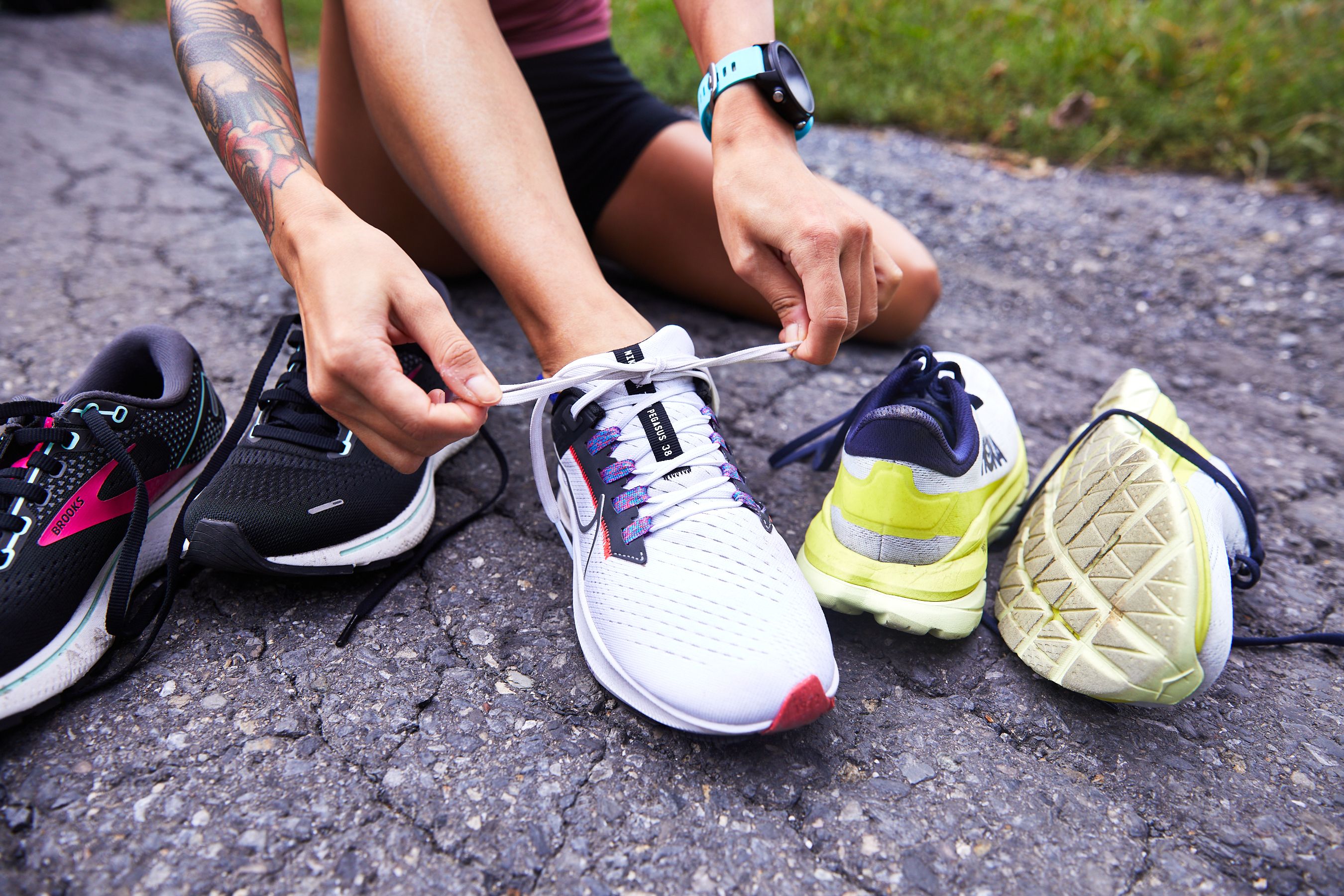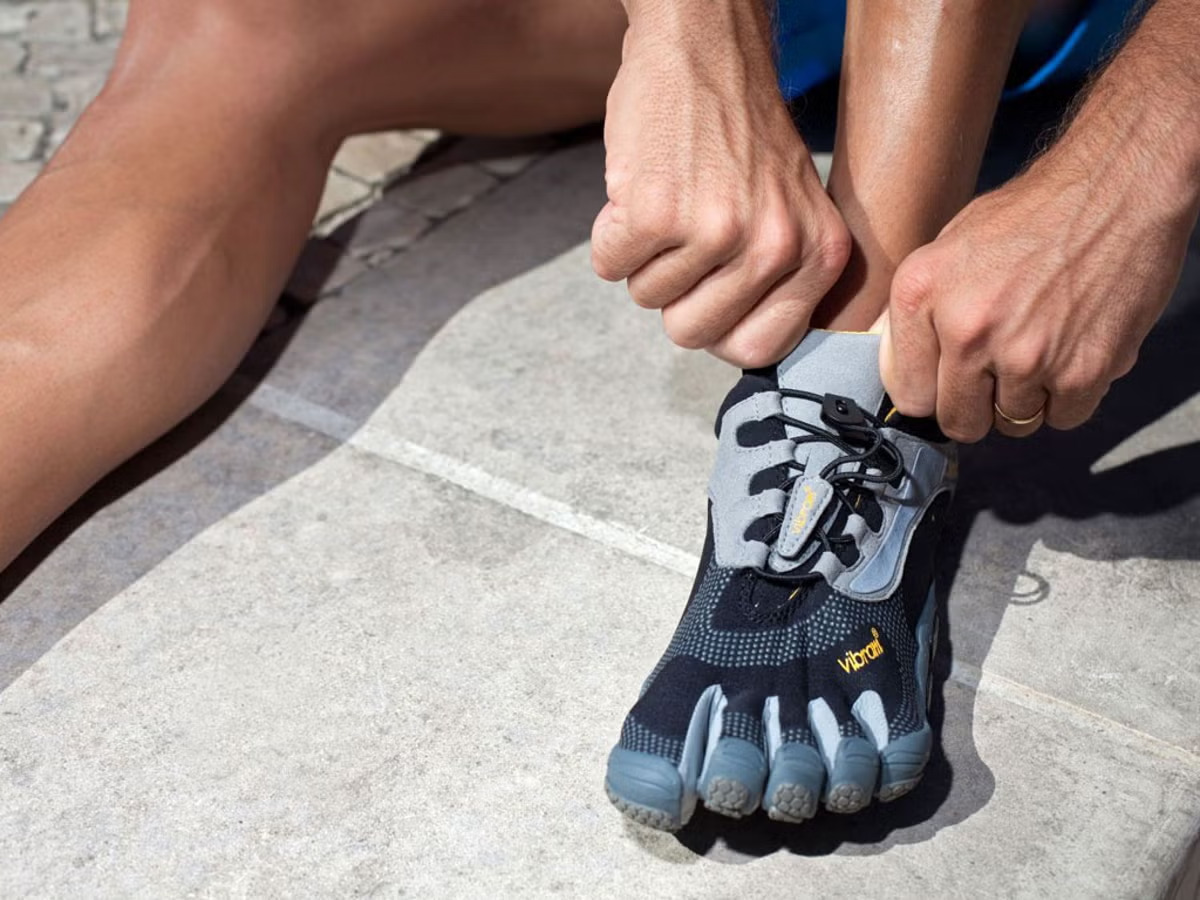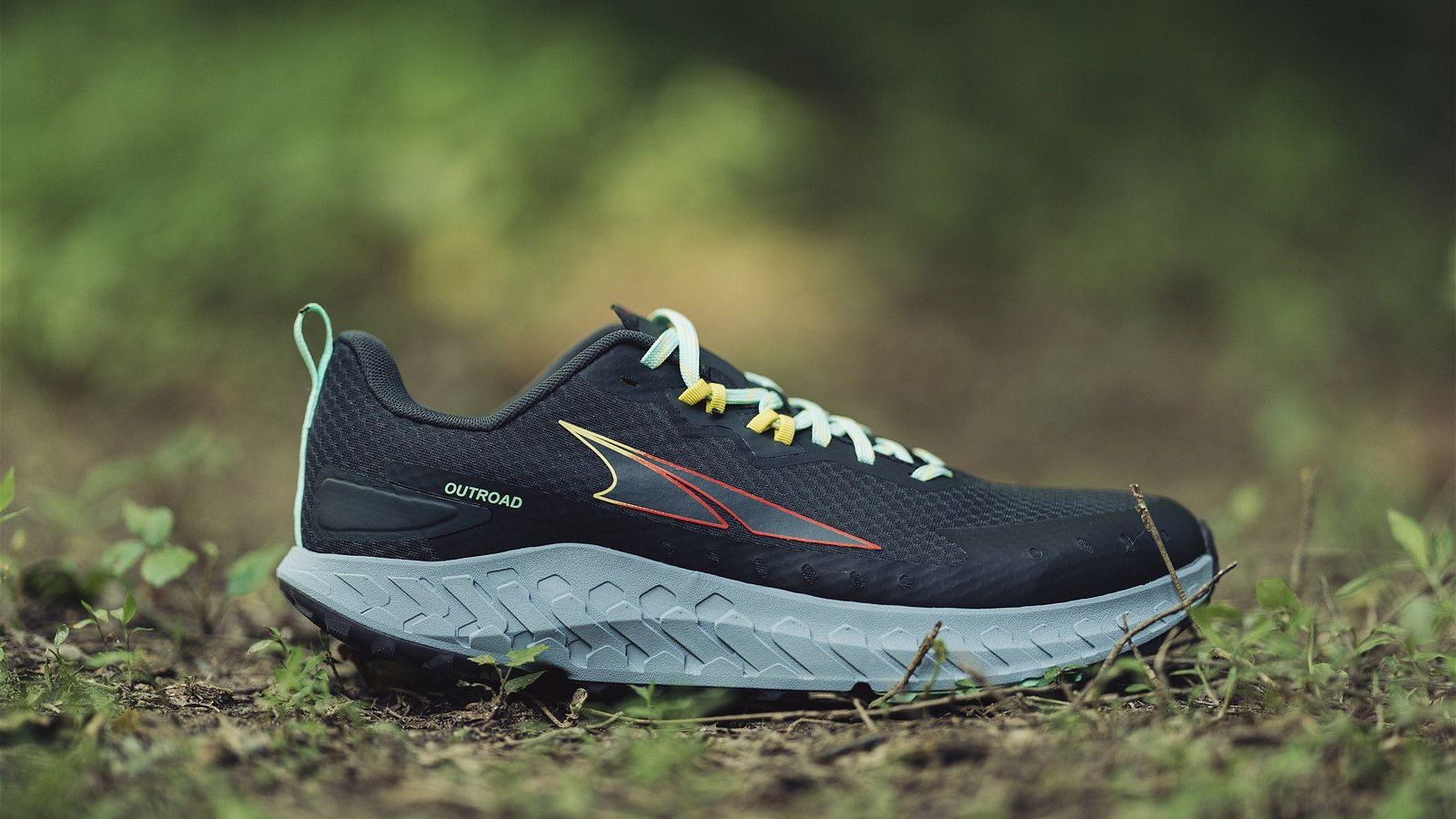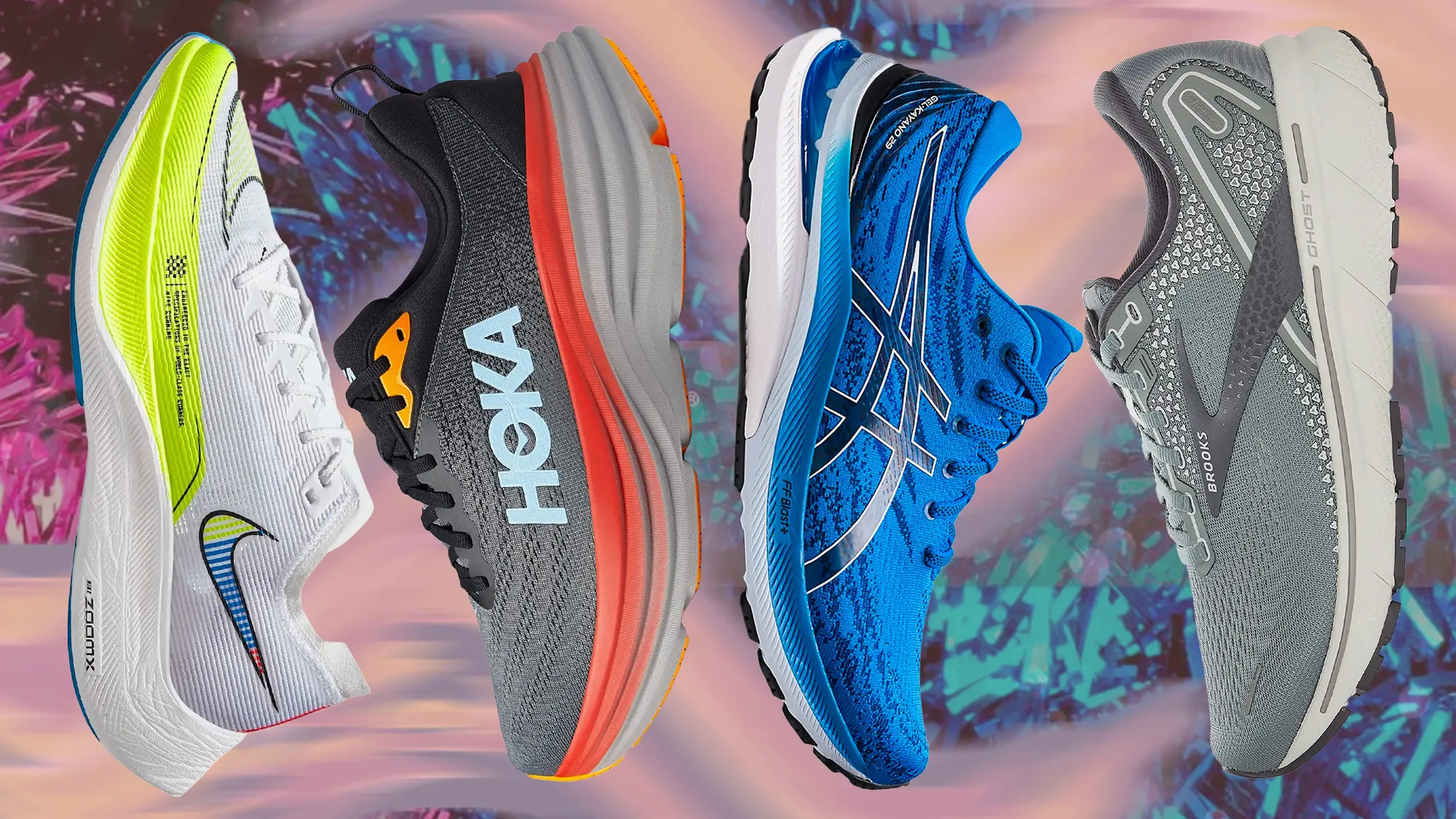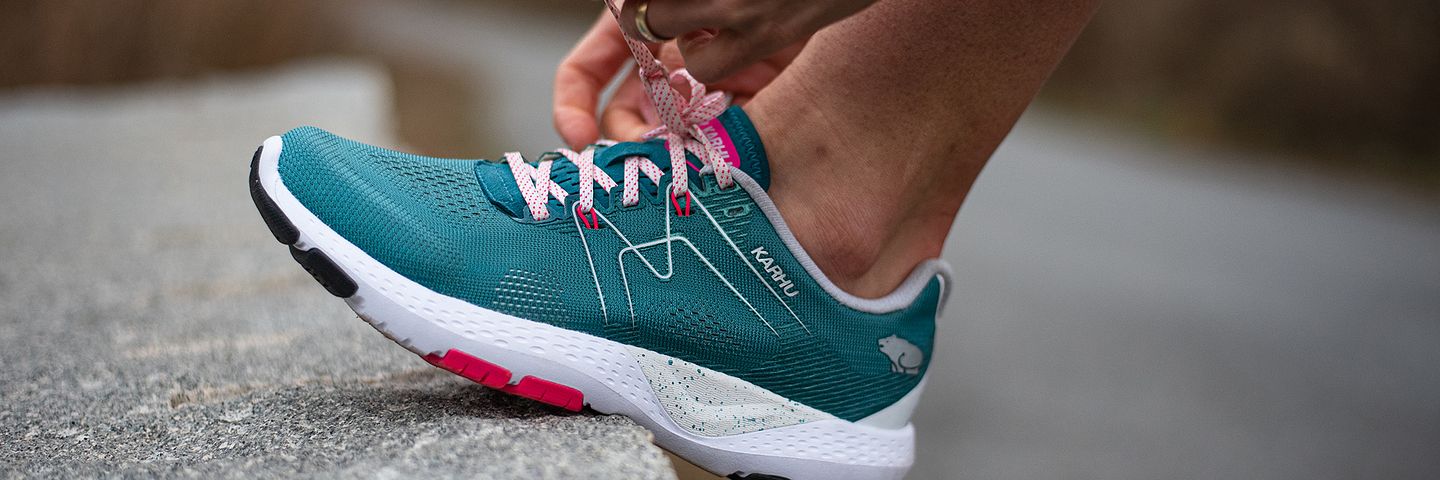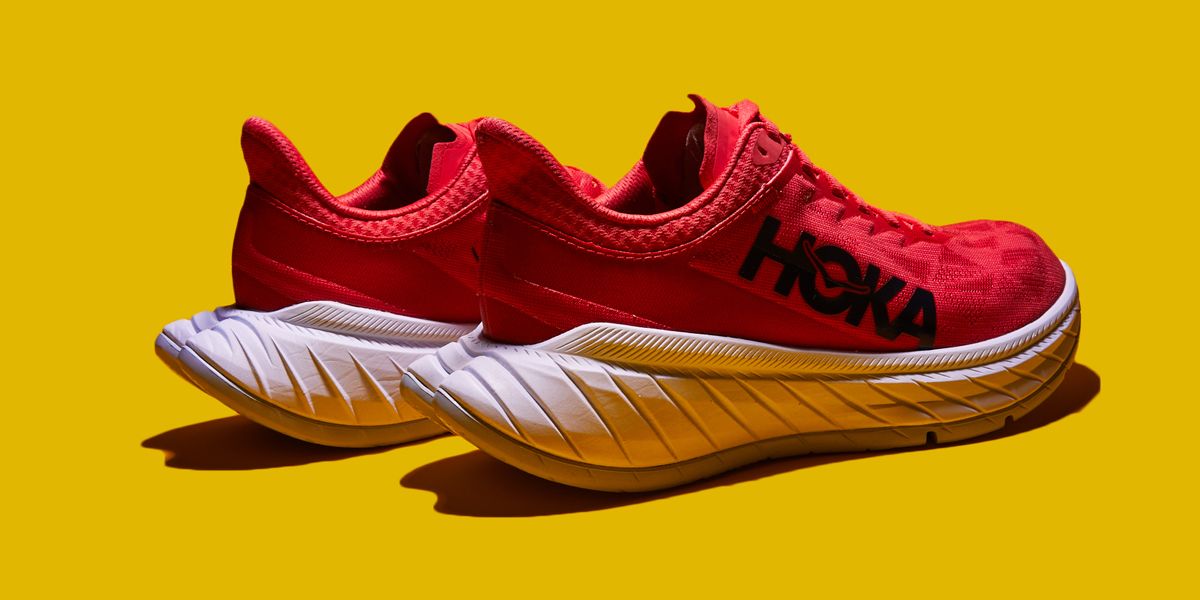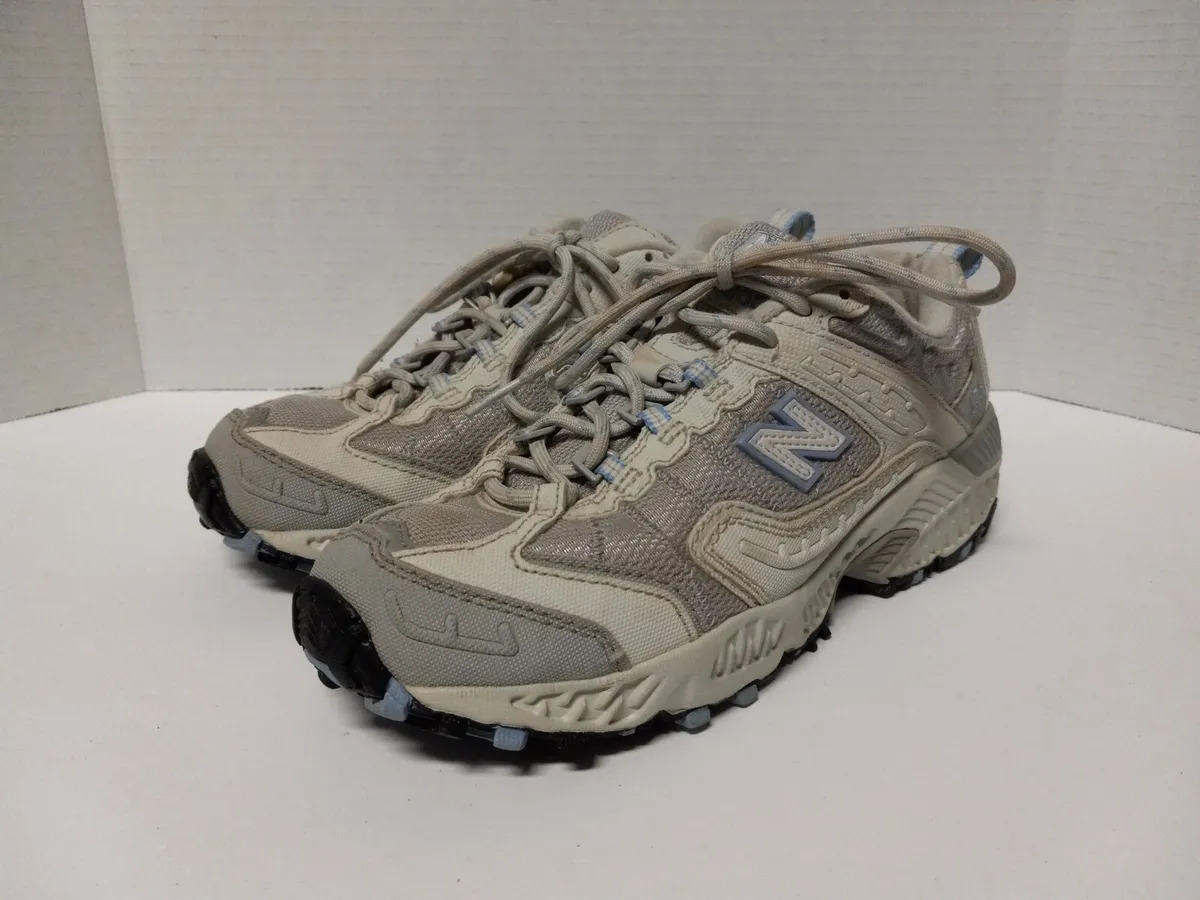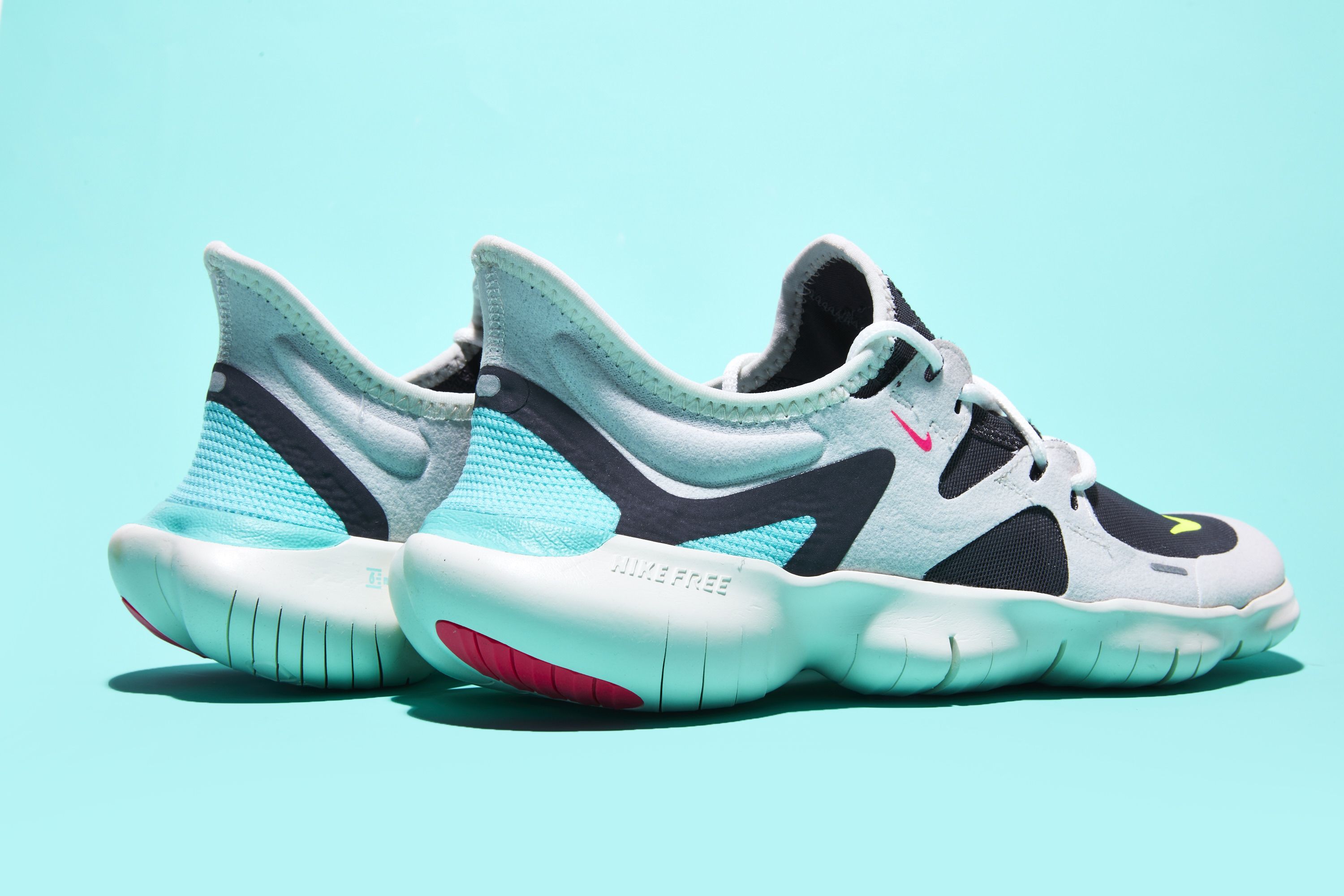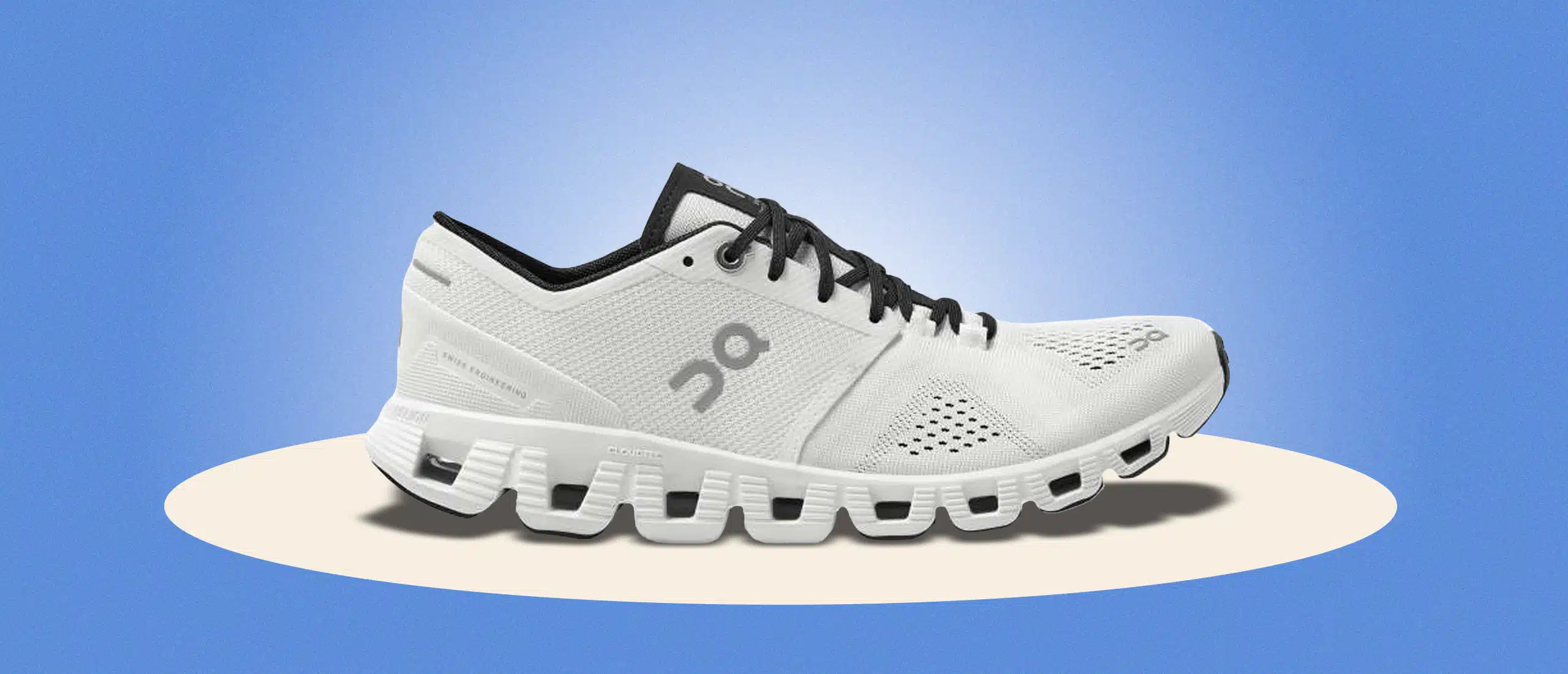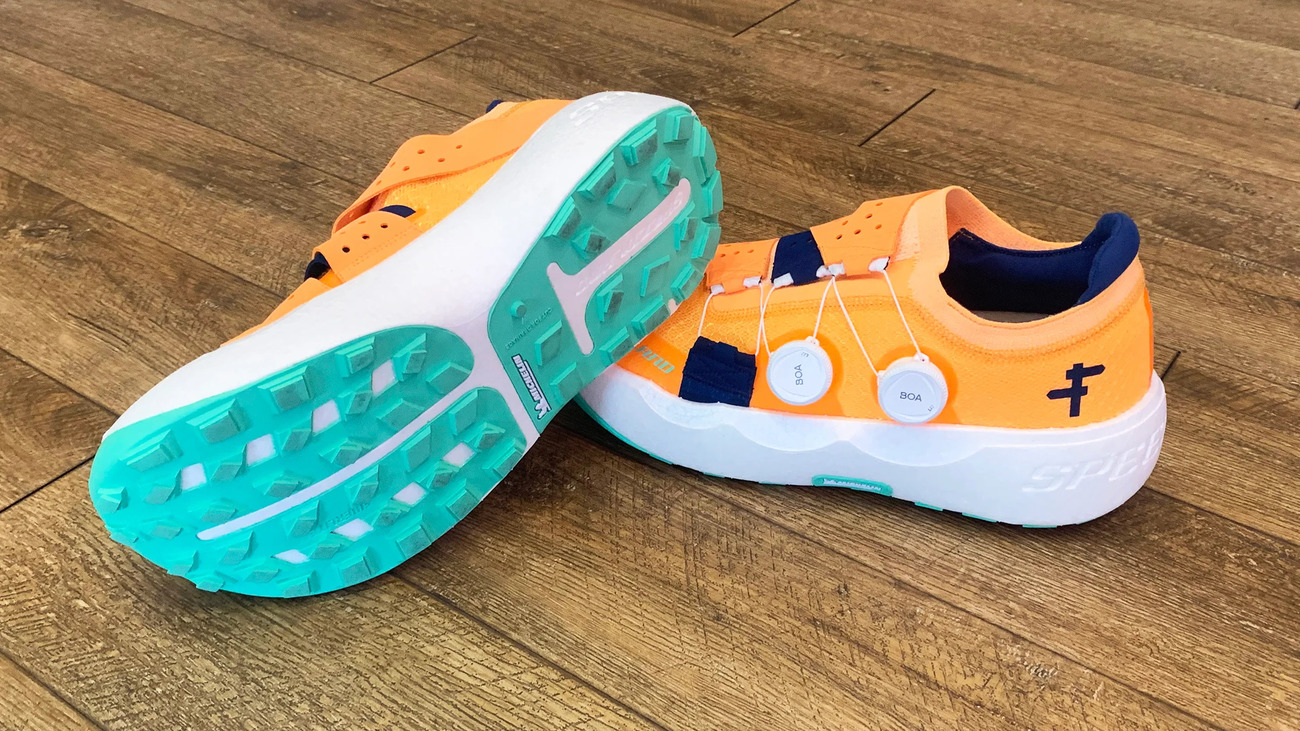

Featured
When Do New Model Running Shoes Come Out
Modified: January 2, 2024
Looking to stay up-to-date with the latest running shoe models? Find out when new featured running shoes are set to hit the market and upgrade your running game.
Introduction
Welcome to the exciting world of running shoes! If you’re an avid runner or even just starting out, you may have found yourself eagerly anticipating the release of new models. But have you ever wondered when these shoes actually hit the market? In this article, we’ll delve into the fascinating world of new model running shoe releases and explore the factors that influence their timing.
Running shoe companies are constantly striving to innovate, improve performance, and meet the needs of runners worldwide. As a result, they release updated models periodically to stay ahead of the competition and cater to the evolving preferences of runners. This process involves extensive research, development, and testing to create cutting-edge footwear that enhances performance, provides optimal comfort, and reduces the risk of injury.
Understanding the release dates of new model running shoes can be crucial for both runners and sneaker enthusiasts. It allows them to plan their purchases, stay up-to-date with the latest technology, and even get their hands on limited edition or collaborative releases. So, let’s dive deep into the fascinating world of running shoe releases and explore the various factors that influence when new models hit the shelves.
Factors Influencing Release Dates of New Model Running Shoes
The release dates of new model running shoes are influenced by a variety of factors. Let’s take a closer look at some of the key factors that play a role in determining when these shoes hit the market.
Research and Development: Creating a new running shoe involves extensive research and development. Shoe companies invest countless hours and resources into designing, testing, and refining their products. This process can take months, if not years, to ensure that the shoes meet the highest standards of quality, performance, and comfort.
Marketing Strategy: The release of a new running shoe is often strategically planned to create hype and generate excitement among consumers. Companies carefully analyze market trends, competitor releases, and consumer demand to identify the optimal time to launch their new product. They may use various marketing tactics, such as teaser campaigns, endorsements, and social media buzz, to build anticipation and maximize sales.
Trade Shows and Events: Trade shows and industry events provide an opportunity for shoe companies to showcase their latest products to retailers, distributors, and the media. These events, such as the annual Running Event or Outdoor Retailer, serve as platforms to generate interest and secure pre-orders from retailers. The timing of these events can influence when a company chooses to release its new model running shoes.
Seasonal Demand: Running shoe companies often take into account the seasonal demand for their products. For example, releasing a trail running shoe during the spring or summer months when more people engage in outdoor activities may lead to higher sales. Similarly, lightweight and breathable models may be released in anticipation of the warmer months, whereas more durable and weather-resistant shoes may be unveiled before the winter season.
Product Cycle and Competition: Shoe companies operate within a product cycle that typically involves releasing updated versions of their existing models. The timing of these updates can be influenced by competitor releases, market demand, and technological advancements. Companies aim to stay ahead of the competition by introducing new features, materials, or designs to enhance performance and meet the evolving needs of runners.
Collaborations and Special Editions: Collaborations with athletes, celebrities, or other brands have become a popular trend in the sneaker industry. These limited edition releases generate significant buzz and drive up demand. The timing of these collaborations can vary depending on the availability of the collaborators and the strategic marketing plan set by the shoe company.
Sneaker Industry Trends: The sneaker industry is constantly evolving with new trends and styles. Shoe companies need to stay relevant and capture the attention of consumers. For example, the recent surge in popularity of minimalist or maximalist running shoes has prompted companies to adjust their product lines to cater to these preferences. The release of new models aligns with these emerging trends and ensures that companies can meet the ever-changing demands of the market.
These are just some of the factors that influence the release dates of new model running shoes. By understanding these factors, runners and sneaker enthusiasts can have a better grasp of when to expect their favorite brands to introduce their latest creations.
Seasonal Release Patterns
Seasonal demand plays a significant role in determining the release dates of new model running shoes. Running shoe companies often consider the weather conditions and activities that are popular during different seasons when planning their product launches. Let’s explore how seasonal factors influence the timing of running shoe releases.
Spring and summer are prime seasons for outdoor activities, including running. As the temperatures rise, more people take to the streets, parks, and trails to enjoy their runs. This increased demand for running shoes during the warmer months often leads to the release of lightweight and breathable models. These shoes are designed to provide maximum ventilation and keep feet cool and comfortable, even in hot weather.
Shoe companies also take into account the specific needs of runners during this time of year. For example, trail running becomes more popular in the spring and summer as people seek out scenic routes and challenging terrains. In response, shoe companies may release trail-specific models that offer enhanced traction, durability, and protection against rocks, roots, and other obstacles found in off-road environments.
As autumn approaches, the weather starts to cool down, and runners may require shoes that provide more insulation and protection against chilly temperatures. Running shoe companies may introduce models with improved insulation and moisture-wicking capabilities to keep feet warm and dry during the colder months. Additionally, some companies release all-weather running shoes that are designed to perform well in various weather conditions.
Winter brings its own set of challenges, including snow, ice, and slippery surfaces. To address these conditions, shoe companies may release models with specialized features like aggressive outsoles for increased traction on slippery surfaces, water-resistant or waterproof materials to keep feet dry, and added insulation for warmth. These winter-specific running shoes allow runners to continue their training even in the harshest weather conditions.
In addition to season-specific features, shoe companies also consider the fashion trends associated with each season. For example, brighter colors and vibrant designs are often favored during the spring and summer months, while darker and more subdued colors tend to dominate in the fall and winter. By aligning their releases with seasonal fashion trends, shoe companies enhance the appeal of their products and cater to the preferences of their target audience.
By following seasonal release patterns, running shoe companies are able to tap into the demand of runners and provide them with the appropriate footwear for different weather conditions and activities. Whether it’s a lightweight, breathable shoe for summer runs or a rugged, winter-ready shoe for off-road adventures, runners can expect to find new models released at just the right time to suit their needs.
Brand-Specific Release Strategies
Each running shoe brand has its own distinctive approach when it comes to releasing new models. These brand-specific release strategies are carefully designed to align with their marketing objectives, target audience, and company values. Let’s take a closer look at some of the common brand-specific release strategies in the running shoe industry.
Regular Release Cycles: Some brands follow a consistent release schedule, introducing new models at regular intervals throughout the year. For example, they may release updated versions of their popular models every spring and fall. This strategy allows them to build anticipation among consumers and ensure a continuous flow of new products.
High-Tech Innovation: Certain running shoe brands position themselves as technological leaders, constantly pushing the boundaries of footwear innovation. These brands often release highly anticipated models packed with the latest advancements in cushioning, stability, and energy return technologies. They build excitement among tech-savvy runners and attract attention from media outlets and industry experts.
Limited Edition Drops: To create a sense of exclusivity and generate hype, some brands release limited edition running shoes in collaboration with athletes, designers, or even other brands. These special edition releases are often coupled with unique designs, rare colorways, and limited availability. By keeping the quantity limited, brands can create a sense of urgency among consumers and drive up demand.
Specialized Collections: Certain running shoe brands cater to specific niches or disciplines within the running community. For example, they may have a dedicated collection for trail running, racing, or minimalist running. These brands often release specialty models tailored to the specific needs of those runners. By focusing on these niche markets, brands can establish themselves as experts in those areas and attract a loyal following of dedicated runners.
Collaborations: Collaborations with well-known athletes, sports teams, or influential individuals have become a popular marketing strategy in the sneaker industry. Running shoe brands often release special edition models featuring the input and endorsement of these collaborators. These collaborations help generate buzz, create unique designs, and tap into the fan base of the partner, expanding the brand’s reach and relevance.
Sustainable Initiatives: In recent years, there has been a growing demand for sustainable and eco-friendly products. Some running shoe brands have embraced this trend by incorporating recycled materials and environmentally friendly manufacturing processes into their products. These brands may introduce new models with a focus on sustainability, aiming to appeal to environmentally-conscious runners and contribute to a greener future.
By implementing brand-specific release strategies, running shoe brands can differentiate themselves from their competitors, build brand loyalty, and meet the specific needs and preferences of their target audience. Whether it’s through regular release cycles, limited edition drops, or innovative collaborations, these strategies ensure that each brand maintains its unique identity and stays at the forefront of the running shoe industry.
Influences of Technological Advancements
Technological advancements have had a significant impact on the development and release of new model running shoes. As technology continues to evolve, running shoe brands are constantly exploring innovative ways to enhance performance, improve comfort, and reduce the risk of injury. Let’s explore some of the key influences of technological advancements in the running shoe industry.
Cushioning and Energy Return: One of the most significant advancements in running shoe technology is the development of advanced cushioning materials. Brands have introduced various cushioning technologies, such as Nike’s Air technology and Adidas’ Boost foam, which provide superior impact absorption and energy return. These advancements have revolutionized the running experience, offering enhanced comfort and improved efficiency by returning the energy expended during each stride.
Lightweight Materials: Lightweight materials, such as engineered mesh and lightweight foams, have transformed the design and performance of running shoes. These materials offer a balance of durability, breathability, and responsiveness while significantly reducing the overall weight of the shoe. Runners can now enjoy the benefits of lightweight footwear without compromising on support or protection.
Footwear Biomechanics: Advancements in biomechanical research have allowed shoe manufacturers to design shoes that optimize gait patterns and promote more efficient running mechanics. Through the use of motion capture technology and pressure mapping, brands can develop running shoes with features that provide targeted support, enhance stability, and reduce overpronation or supination.
Smart Technology: With the rise of wearable technology, running shoes have also become smarter. Brands have incorporated sensors and tracking devices into their shoes to provide real-time feedback on metrics such as distance, pace, and cadence. This technology allows runners to monitor their progress, track their workouts, and make data-driven improvements to their training.
Gait Analysis and Customization: Shoe companies are increasingly utilizing advanced gait analysis techniques to understand how runners move and identify individual needs. This data-driven approach allows brands to create personalized running shoes, tailored to the unique biomechanics of a runner’s gait. Customization options, such as personalized cushioning or arch support, enable runners to optimize their comfort and performance.
3D Printing: 3D printing technology has revolutionized the way running shoes are designed and manufactured. With the ability to create intricate and customized midsoles, shoe companies can produce personalized running shoes that conform to the specific foot shape and needs of individual runners. 3D printing also enables rapid prototyping and faster product development cycles.
These technological advancements have not only influenced the performance and design of running shoes but have also impacted the release dates of new models. As brands strive to integrate the latest technologies into their footwear, it often requires extensive research, testing, and refinement, which can influence the timing of product releases.
With ongoing advancements in technology, the running shoe industry will continue to evolve, providing runners with even more innovative and performance-enhancing footwear options. As technology progresses, it is essential for shoe companies to stay at the forefront of these advancements and deliver cutting-edge products that meet the ever-changing needs of runners.
Athlete Collaboration and Special Edition Releases
Athlete collaborations and special edition releases have become a prominent trend in the running shoe industry. Running shoe brands frequently partner with elite athletes, sports teams, or influential individuals to create unique and limited edition models. Let’s explore the influences and impact of athlete collaborations and special edition releases.
Endorsements and Expertise: Athlete collaborations allow running shoe brands to tap into the expertise and insights of professional athletes. These athletes, who spend countless hours training and competing, offer valuable feedback on shoe performance, fit, and design. Their endorsement brings credibility and authenticity to the collaboration, resonating with both aspiring runners and fans of the athlete.
Exclusive Designs: Athlete collaboration releases often feature exclusive designs and colorways. The shoes may incorporate the athlete’s personal branding, signature logos, or even team colors. These unique designs create a sense of excitement and exclusivity among consumers, as they know they are owning a limited-edition piece that represents their favorite athlete or team.
Limited Availability: Special edition releases are typically produced in limited quantities, making them highly sought after by collectors and enthusiasts. The limited availability creates a sense of urgency, driving up demand and creating a buying frenzy. Some brands also employ a “first come, first served” approach or utilize raffles or special events to determine who can purchase these highly coveted shoes.
Boosting Brand Image: Athlete collaborations and special edition releases can significantly boost a brand’s image in the sneaker market. These partnerships showcase the brand’s ability to work with top athletes and create desirable, high-quality products. The popularity of the athlete and the limited availability of the shoes often result in increased buzz and media coverage, further elevating the brand’s profile and visibility.
Building Emotional Connections: Collaborating with a beloved athlete or creating special edition releases arouses emotions and taps into the fan’s personal connection with the athlete or team. Owning a shoe that represents their idol allows fans to feel a deeper connection and sense of camaraderie. This emotional connection can lead to increased brand loyalty and even influence purchasing decisions of fans who may not typically be interested in running shoes.
Creating Hype and Excitement: Athlete collaborations and special edition releases generate significant hype and excitement within the running community. Sneaker blogs, social media platforms, and online forums buzz with anticipation and speculation leading up to the release. The limited availability and exclusivity of these collaborations often lead to long lines outside stores and quick sellouts, further intensifying the excitement and desirability of the shoes.
Athlete collaborations and special edition releases have become a winning strategy for running shoe brands. By leveraging the star power and expertise of top athletes, brands can create unique and highly coveted products that resonate with both runners and fans. These collaborations not only drive sales but also generate buzz, boost brand image, and enhance emotional connections between consumers and the brand.
Sneaker Industry Trends
The sneaker industry is constantly evolving, driven by changing consumer preferences and emerging fashion trends. Keeping up with these trends is crucial for both running shoe brands and sneaker enthusiasts. Let’s dive into some of the notable sneaker industry trends that influence the release of new model running shoes.
Streetwear Influence: Streetwear has made a significant impact on sneaker culture. Sneakers are now seen as a fashion statement, not just functional athletic shoes. Running shoe brands have recognized this trend and have adapted their designs to cater to the streetwear market. Collaborations with streetwear brands or influencers have become common, resulting in highly sought-after releases.
Vintage and Retro Styles: Nostalgic aesthetics from past decades have made a strong comeback in the sneaker industry. Retro-inspired designs, iconic colorways, and re-releases of classic models are highly sought-after by sneaker enthusiasts. Running shoe brands tap into this trend by reintroducing popular silhouettes from their archives, updating them with modern technologies and materials.
Limited Edition and Exclusive Releases: Limited edition and exclusive releases have become an integral part of sneaker culture. Brands often collaborate with artists, designers, athletes, or cultural icons to create special edition releases. These limited drops generate a sense of exclusivity and scarcity, driving up demand and creating a frenzy among collectors and sneaker enthusiasts.
Chunky and Dad Shoe Trend: The rise of the chunky or “dad shoe” trend has infiltrated the sneaker industry. Brands are releasing models with exaggerated, bulky designs and thick midsoles that pay homage to retro athletic footwear. These shoes have gained popularity for their unique and eye-catching aesthetic, often combining fashion-forward elements with innovative performance technologies.
Sustainability and Eco-Friendly Footwear: With increasing awareness about environmental impact, sustainability has become a significant trend in the sneaker industry. More shoe brands are incorporating sustainable materials, such as recycled plastics or organic fabrics, into their products. They are also adopting eco-friendly manufacturing practices to reduce their carbon footprint and meet the demands of environmentally-conscious consumers.
Customization and Personalization: Personalization has become a growing trend in the sneaker industry. Shoe brands now offer customization options that allow consumers to choose their own color combinations, materials, and even add personalized details. This trend empowers individuals to create unique, one-of-a-kind sneakers that reflect their personal style and preferences.
High-Tech Features and Innovation: Technological advancements continue to shape the sneaker industry. Brands incorporate cutting-edge technologies, such as advanced cushioning systems, responsive midsole foams, and data tracking sensors, into their running shoes. These innovations aim to enhance performance, improve comfort, and provide a personalized running experience.
Staying on top of these sneaker industry trends is crucial for running shoe brands to remain relevant and meet the demands of consumers. By adapting their designs, collaborating with influencers, and keeping up with evolving fashion and sustainability trends, brands can capture the attention of sneaker enthusiasts and create buzz with their new model releases.
Conclusion
New model running shoe releases are influenced by various factors such as research and development, marketing strategies, seasonal demand, technological advancements, athlete collaborations, and sneaker industry trends. Running shoe brands carefully plan their release dates to create buzz, meet consumer demands, and stay competitive in the market.
Understanding these influences can help runners and sneaker enthusiasts stay informed and plan their purchases accordingly. From seasonal release patterns that cater to weather conditions and activities, to brand-specific release strategies that cater to their target audience, each brand has its own unique approach to unveiling new models.
Technological advancements play a crucial role in the development of new running shoes. Innovations in cushioning, lightweight materials, and smart technology have transformed the running experience, providing runners with enhanced comfort, improved performance, and personalized features. Additionally, athlete collaborations and special edition releases allow brands to tap into the expertise and influence of elite athletes, creating unique designs and limited edition releases that drive up demand and build emotional connections with consumers.
Furthermore, keeping up with sneaker industry trends is essential for both brands and sneaker enthusiasts. The influence of streetwear, the resurgence of vintage and retro styles, sustainable and eco-friendly initiatives, and the rise of customization and personalization are all trends that shape the release of new running shoe models.
By understanding these factors and trends, runners and sneaker enthusiasts can navigate the world of new model running shoe releases with confidence. They can make informed decisions, stay up-to-date with the latest technology and fashion, and have a better chance of getting their hands on their desired pairs.
As the running shoe industry continues to evolve, it’s an exciting time for both runners and sneaker enthusiasts. So lace up your shoes and get ready to hit the pavement, knowing that you’re stepping into the latest and greatest running shoe models.

